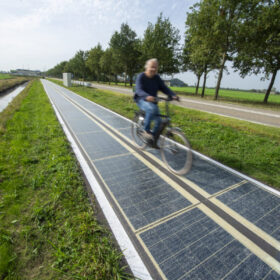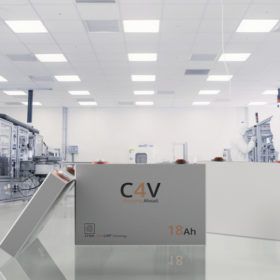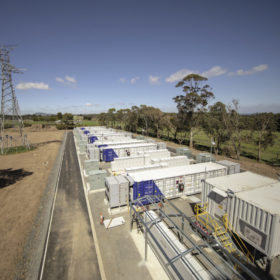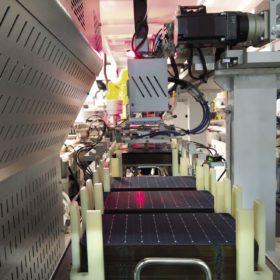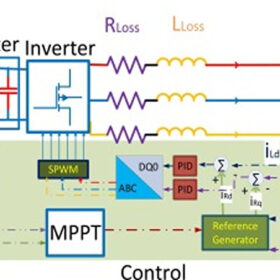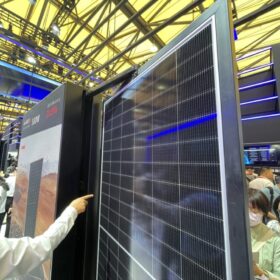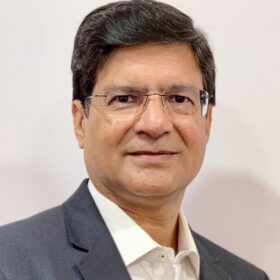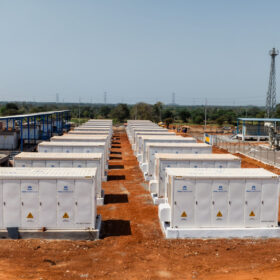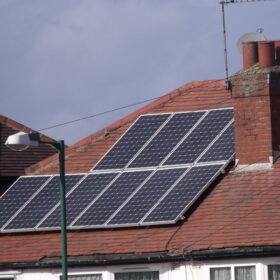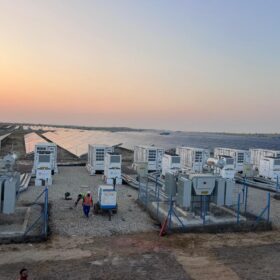Solar bike paths go online in Netherlands
Two new PV bike-path projects are now operating in the Netherlands under an initiative launched in 2018 by Rijkswaterstaat, the Dutch water management agency.
ISC Konstanz claims 24% efficiency for tunnel back contact solar cell
ISC Konstanz researchers say their new n-type tunnel back contact (TBC) solar cell features polycrystalline silicon TOPCon contacts on both polarities. The results still need to be confirmed by an independent third party.
Waaree Energies announces plans for 5 GW solar cell, module facility in USA
Waaree Energies will build a solar module manufacturing facility with an initial capacity of 3 GW per year by Dec. 2024. It plans to ramp up the fab’s module capacity to 5 GW with an integrated 5 GW cell facility by 2027. The company has already secured an offtake contract with SB Energy.
C4V, Hindalco sign MoU on aluminum foil for lithium-ion battery cells
Hindalco will provide up to 2,000 tons of battery foil to C4V for lithium-ion cells, over a five-year period.
India has awarded more than 8 GW of utility-scale energy storage in tenders as of November
A new report by IEEFA and JMK Research says energy storage systems are poised to attract the highest investment of all emerging renewable energy sectors this decade, concurrent with the increasing penetration of renewable energy in the nation’s electricity grid.
India exported solar modules worth $1,136 million in April-October this year
India’s solar PV module exports in the April-October period of the current fiscal 2023-24 have surpassed module exports in the twelve months of the last fiscal.
World’s largest 8-hour lithium battery approved in Australia
Ark Energy’s 275 MW/2,200 MWh lithium-iron phosphate battery to be built in northern New South Wales has been announced as one of the successful projects in the third tender conducted under the state government’s Electricity Infrastructure Roadmap. The Richmond Valley Battery Energy Storage System will likely be the biggest eight-hour lithium battery in the world when it is completed.
Master-slave technique for deploying parallel inverters in PV systems
Scientists in Czechia have proposed to use parallel inverters in PV systems to not only reduce instability, but also to increase power yield. The proposed approach reportedly results in higher maximum power point tracking (MPPT) performance.
Longi announces 27.09% efficiency for heterojunction back contact solar cell
Longi has announced the achievement of 27.09% efficiency for its heterojunction back contact (HBC) solar cell, a result that has been confirmed by Germany’s Institute for Solar Energy Research (ISFH).
AmpIn Energy appoints Amit Kumar Mittal as COO-C&I Business
Amit Kumar Mittal has previously worked with Radiance Renewables, First Solar, Reliance Power, and Nuclear Power Corp.
